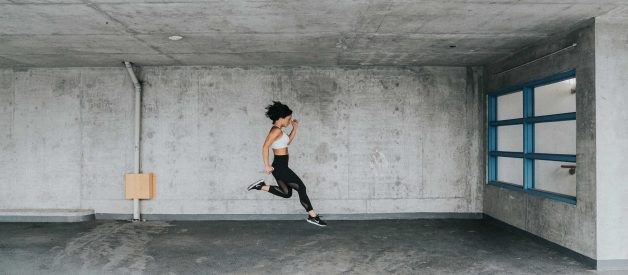My first steps into the gym involved encouragement from a close friend of mine, and although I had some athletic background during my high school years ? running, swimming, biking, martial arts ? I had much less experience in a traditional gym.
Simply, I followed him around as he navigated the free weights and the machines with ease. He already had a set exercise routine of his own ? a push day, a pull day, a leg day ? and he would alternate between these exercises, that targeted different parts of his body, to give himself time to recover.
He was very conscious of the food that he ate and focused on eating the right amount of protein, a sufficient amount of carbohydrates, and limited excessive fats. His own goals were centered around gaining muscle mass and increasing strength, as well as endurance, and his workouts and diet reflected this.
A few weeks into simply following along with his routine and taking on influence from his own eating habits, I noticed similar changes in my own body. Certainly, I was gaining strength and muscular endurance, and naturally, increases in muscle mass followed.
However, the size increases gradually reached a point at which I was becoming very uncomfortable with myself. Keep in mind that in actuality, I still was not a particularly big person despite the gains in size, at a height just below 5?3? and weigh just above 100 lbs.
Regardless, it became very clear to me that the workout routine I?d been following was not exactly geared for me. At this point, I had begun developing my own fitness goals. I wanted to become stronger for sure, and I was making leaps and bounds in terms of muscular endurance. However, I wasn?t very keen on increasing body mass.
In researching how best to meet my own goals, I found interesting material on muscle hypertrophy and the various approaches to training, based on individual goals). My desire to focus on muscular strength while minimizing gains in size motivated me to seek out the best possible workout routine for me. At the same time, I was curious as to whether my friend?s current routine was optimal for him in realizing his own goals.
 Photo by Jelmer Assink on Unsplash
Photo by Jelmer Assink on Unsplash
Let?s look at the physiques of, say, a sprinter versus a long-distance runner or a powerlifter versus a bodybuilder. Sprinting requires explosive power, and distances are typically shorter in the sport, at least when compared to races from 5k runs to ultramarathons. Long-distance running values endurance much more, and typically, every pound counts in terms of impact on the body and efficiency of energy expenditure.
As a result of this, naturally, long-distance runners tend to be much leaner, with smaller, more energy-efficient slow-twitch (type I) muscle fibers. On the other hand, sprinters, while still lean, will tend to build larger, more explosive fast-twitch (type II) muscle fibers. Yet as a whole, when compared to weight lifters, runners carry significantly less bulk on their bodies.
Then, even amongst weight lifters, there are visible variations in build, due to the different types of weight lifting, geared towards different goals and sports. Bodybuilders will focus on gaining muscle size and on lowering body fat percentage for the optimal physique. Powerlifters focus on lifting heavy overbuilding size. Therefore, their training methods will differ, most apparently in sets, reps, and weight.
Workout routines are geared towards the goals of the individual, and different types of training will result in different types of gains ? in size or strength. While size and strength may increase concurrently, depending on the routine, one may increase more than the other. This is due to the two types of muscle hypertrophy, either of which may be the focus of a training individual.
What Is Muscle Hypertrophy?
Muscle hypertrophy essentially refers to the growth of muscle cells, and all types of physical activity lead to hypertrophy. The key to achieving desired results ? in terms of physique and performance ? involves the workload placed on muscles and the recovery process afterward.
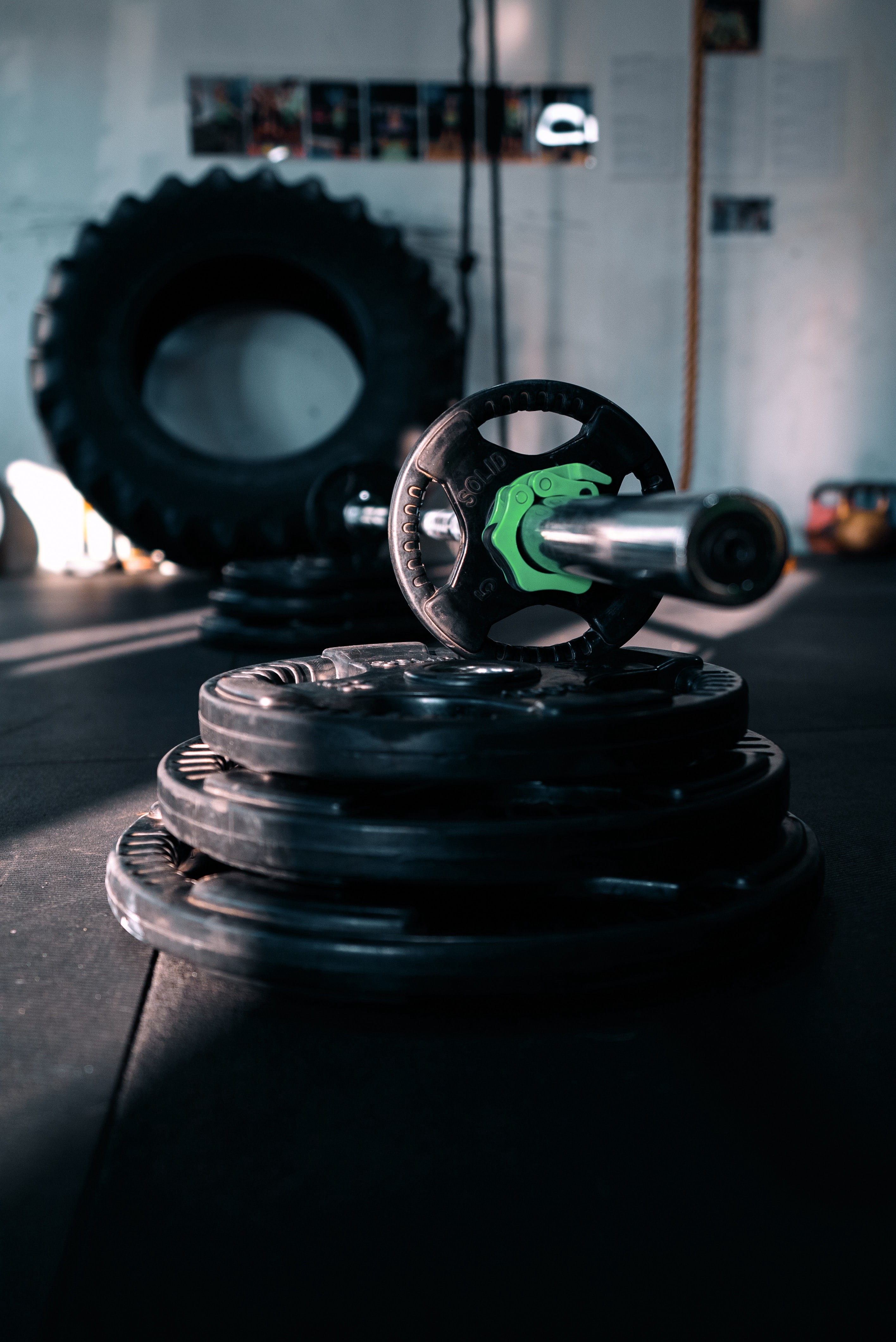 Photo by Evan Wise on Unsplash
Photo by Evan Wise on Unsplash
During exercise, nerve impulses cause muscle contractions, and continuous muscle contractions lead to increases in protein synthesis and gains in muscle strength and size over time.
Stimulation And Repair
In order for muscles to grow, two things must take place, stimulation, and repair. Exercise provides stimulation through muscle contractions, and the repetitive movement causes damage to muscle fibers. Afterward, muscle growth occurs during the repair process of the broken down muscle fibers.
Once given time to rest, the body produces new muscle fibers to repair the damage. More fibers must be produced in place of the damaged fibers, resulting in muscle growth.
The Two Types Of Muscle Hypertrophy
There are two types of hypertrophy ? one geared towards muscle size and the other geared towards muscle strength. Different types of exercise may tend towards one type of hypertrophy over another.
Sarcoplasmic
Sarcoplasmic hypertrophy leads to greater increases in muscle size ? apparently due to the expansion of sarcoplasm ? or non-contractile muscle cell fluid ? within muscle fibers. However, with the gains in volume, muscle fiber density within the area may decrease. In other words, although gains in mass occur, this does not necessarily mean gains in strength.
This results from higher numbers of sets and reps and this type of training is typically utilized by bodybuilders, who focus more on size and aesthetics for their sport.
Myofibrillar
Myofibrillar hypertrophy leads to greater increases in strength and muscle density first and foremost, over increases in size. The number of myofibrils ? the components responsible for muscle contractions ? within a muscle fiber increase, and as a result, muscle density also increases, along with the ability to exert greater force.
This is a result of lower numbers of set and reps done with heavier weights. Those who seek to increase their ability to perform explosive movements or who prefer gains in strength oversize may utilize these training guidelines instead.
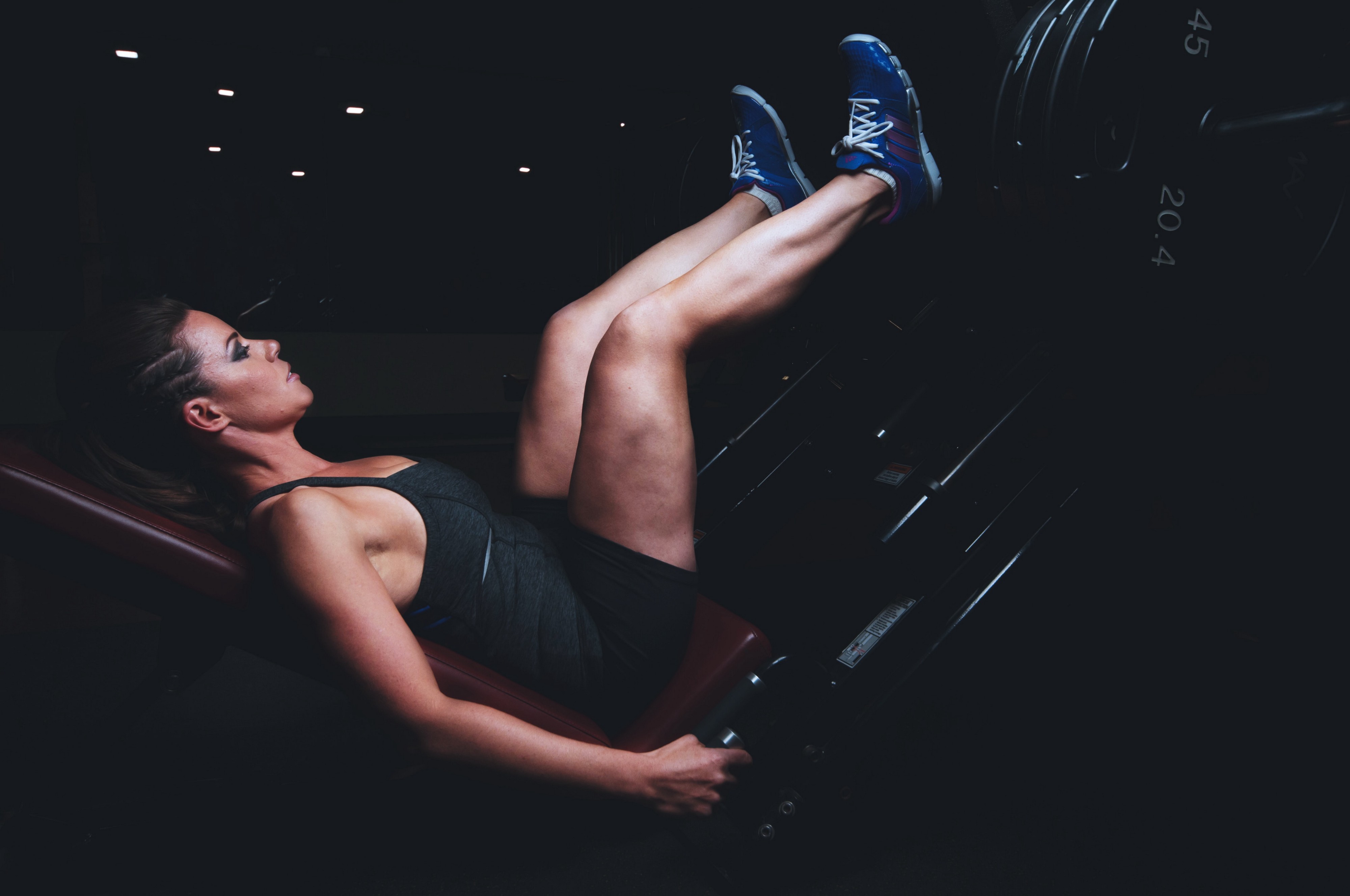 Photo by Scott Webb on Unsplash
Photo by Scott Webb on Unsplash
Training For Muscle Size
Those who aim to get bigger, to increase muscle size, might want to consider incorporating higher sets and reps using moderately heavy weights, along with multiple exercises per muscle group and less recovery in between. This training is conducive to sarcoplasmic hypertrophy, the increase of sarcoplasm within muscle fibers. Although this subsequently increases volume, it does not necessarily increase the number of fibers itself.
Although this subsequently increases volume, it does not necessarily increase the number of fibers itself.
Same as with the criteria for muscle density training, multiple sources also vary with the recommended guidelines for size. This article by Business.Fit recommends 3 or 4 sets per exercise with a range of 8~12 reps per set. Recovery time should be significantly shorter when training for size as opposed to density, with 30 seconds up to a minute of rest in between.
The weights lifted for sarcoplasmic hypertrophy will be lighter than the ones for myofibrillar hypertrophy, for the sake of completing higher sets and reps.
Training For Muscle Density
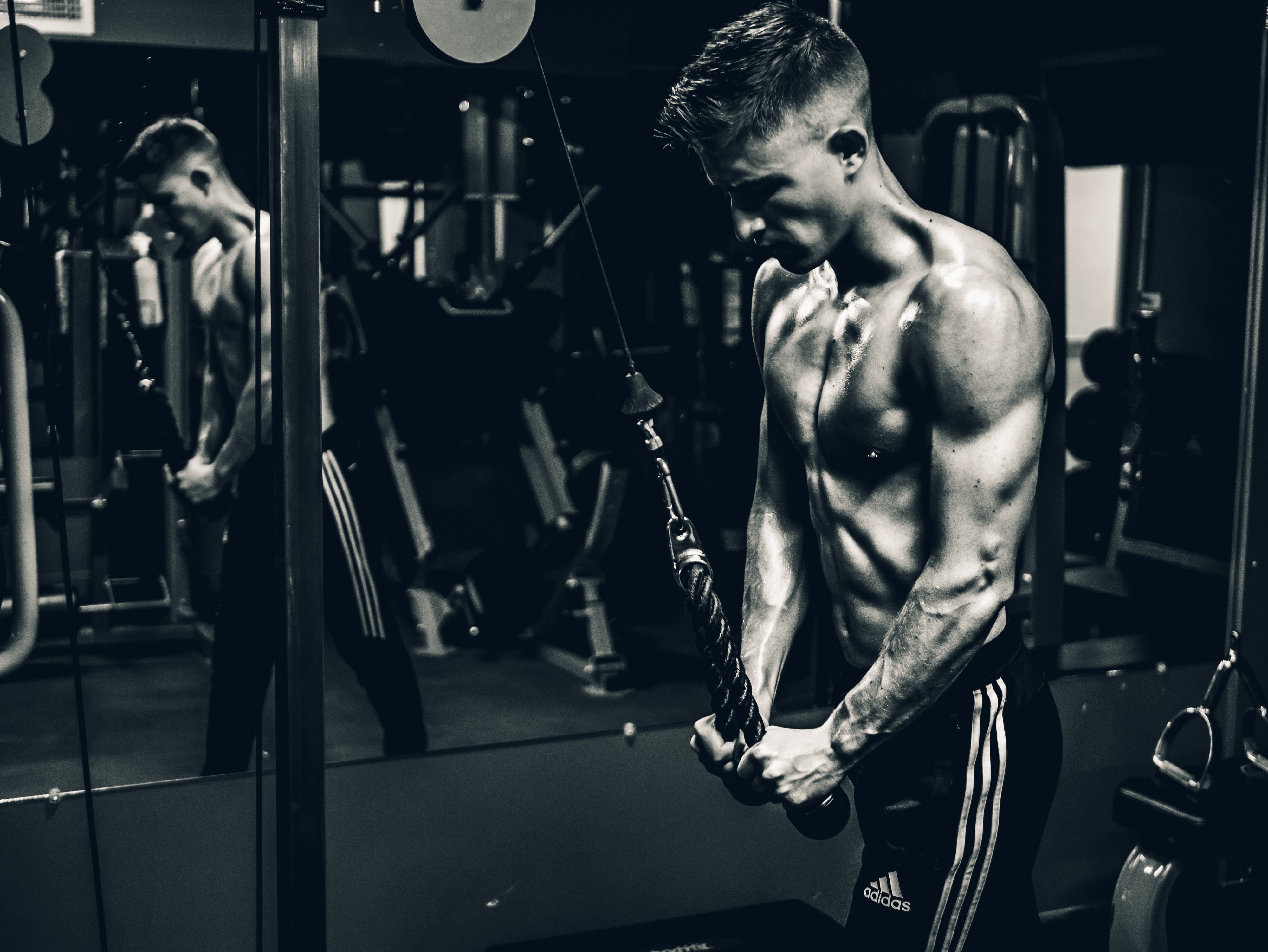 Photo by Daniel Apodaca on Unsplash
Photo by Daniel Apodaca on Unsplash
Those who aim to become stronger, although not necessarily bigger, might want to consider incorporating lower sets and reps with heavier weights. This type of workout tends more towards myofibrillar hypertrophy, which will increase the number of myofibrils, the muscle-contracting components, within a muscle fiber and increase the muscle?s capacity of force exertion.
Continuous training will lead to the gradual increase of muscle size, but only once muscle cells contain enough fibers to expand.
Essentially, muscle density training involves low sets, low reps, and longer rest periods. This density training only works, however, if done with appropriately heavy weights.
Numerous sources vary in the numbers recommended for sets and reps. However, general consensus seems to be no more than 3 sets for one exercise and no more than 6 reps in a set. Rest periods should be longer, within a range of 2~5 minutes for sufficient recovery in between, as not to sacrifice form while still allowing for heavy lifting.
When it comes to the weight lifted in an exercise, the lower the reps in a set, the closer the weight should be to your 1RM ? or 1 rep max, which is the maximum weight you can lift only once.
The Optimal Workout Routine Depends On Personal Goals
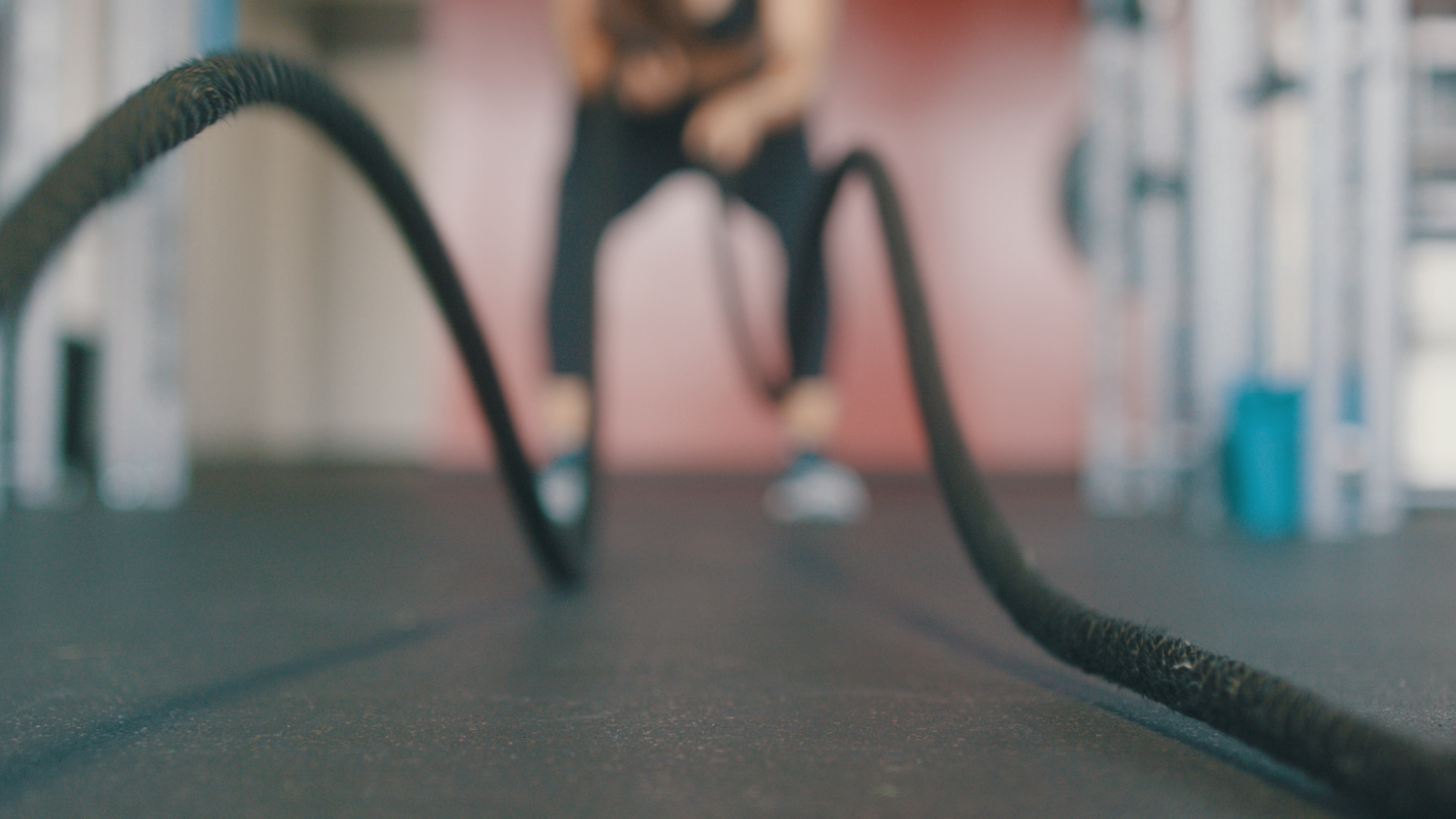 Photo by Chase Kinney on Unsplash
Photo by Chase Kinney on Unsplash
In the end, optimal workout routines are personal to the individual and the individual?s goals. It is possible to compromise and train for both muscle size and density, although with slower progress in gains for both. By training with a number of sets and reps (balanced between the ranges for density and size) and lifting weights that are heavy (but not so heavy that higher reps cannot be completed), both mass and strength increases can be achieved.
Perhaps an individual may want to increase muscle size in the lower body but not in the upper body. In that case, leg days may be geared towards sarcoplasmic hypertrophy, and upper body days may be geared for myofibrillar hypertrophy. Regardless, it is up to the individual to tailor their workouts to their needs.
Personally, I play around with higher sets and reps on my leg days, while keeping my push and pull upper-body days short and heavy. While there is still much to adjust in my routine, I have gained a much better grasp on training approaches in meeting my goals.
Hopefully, I?ll soon be reaping the results of my experimentation, in both performance and physique.
